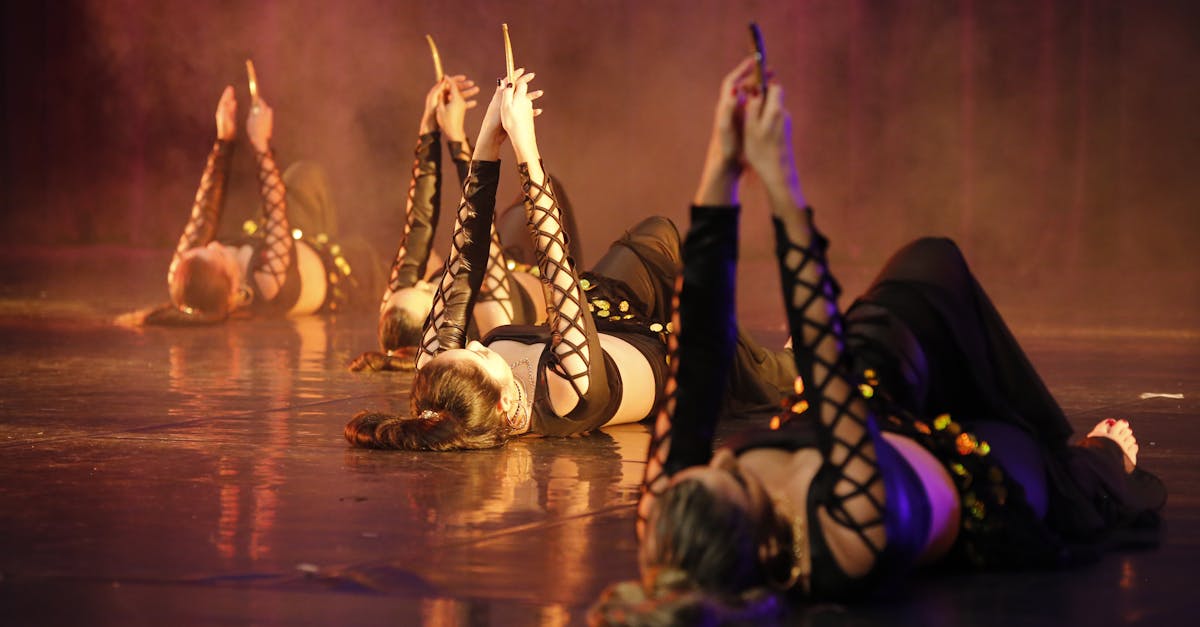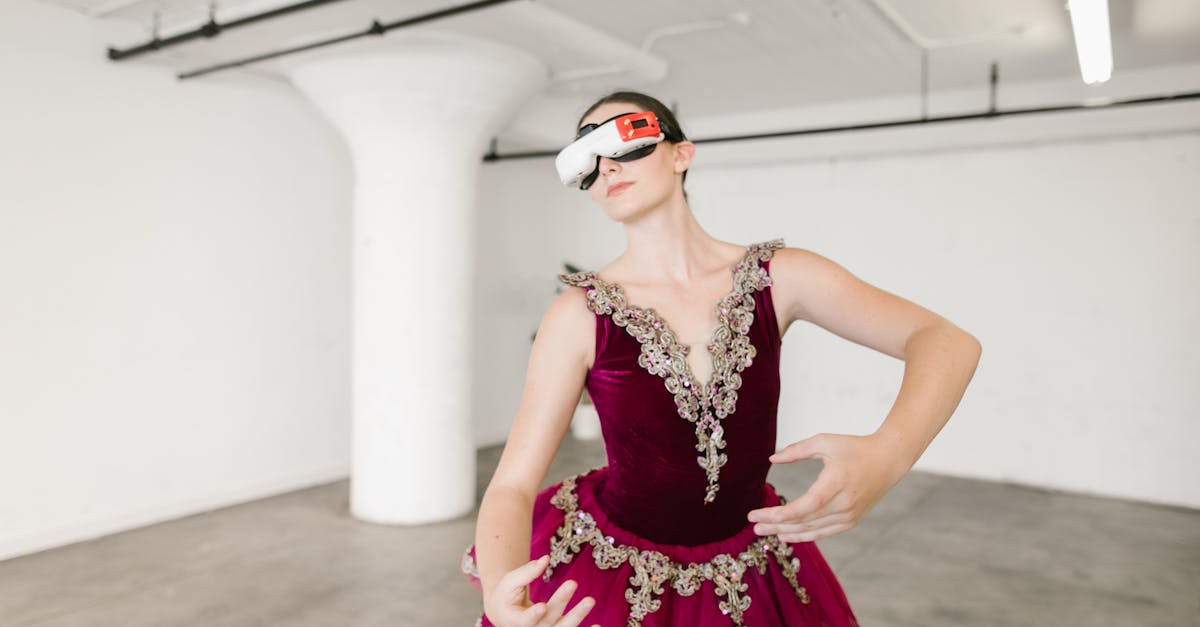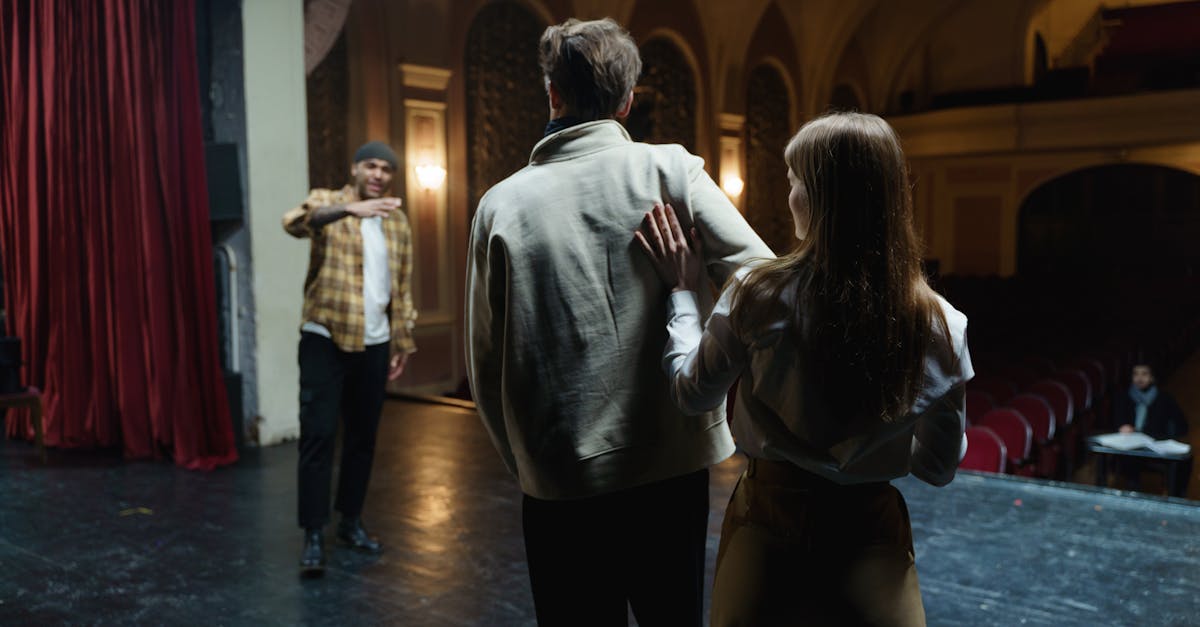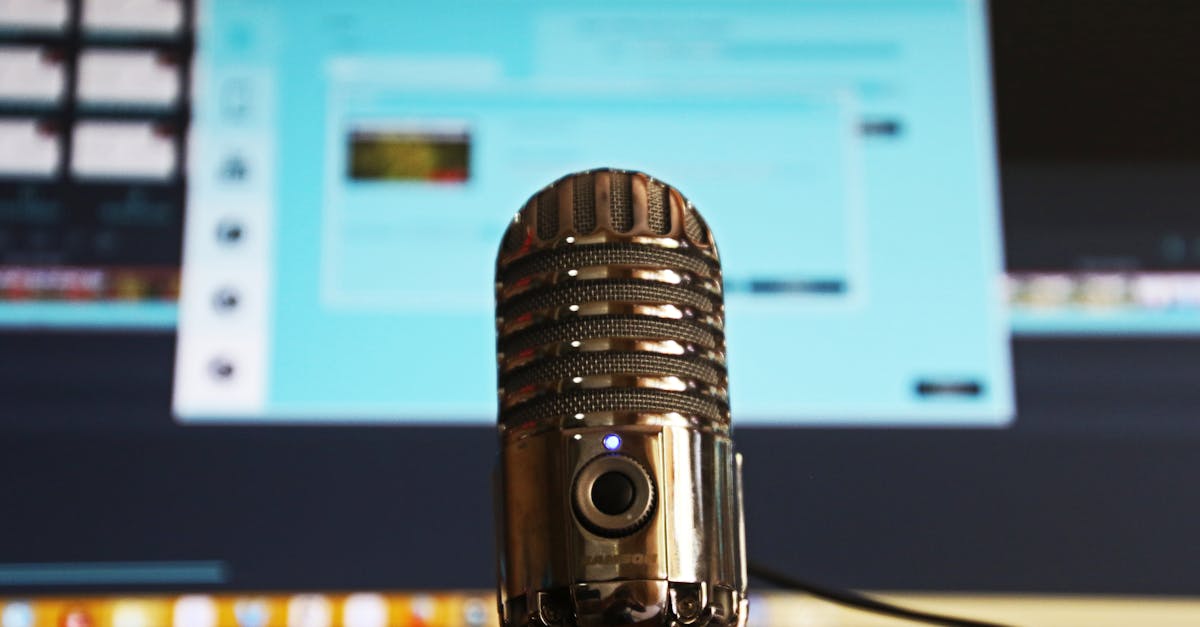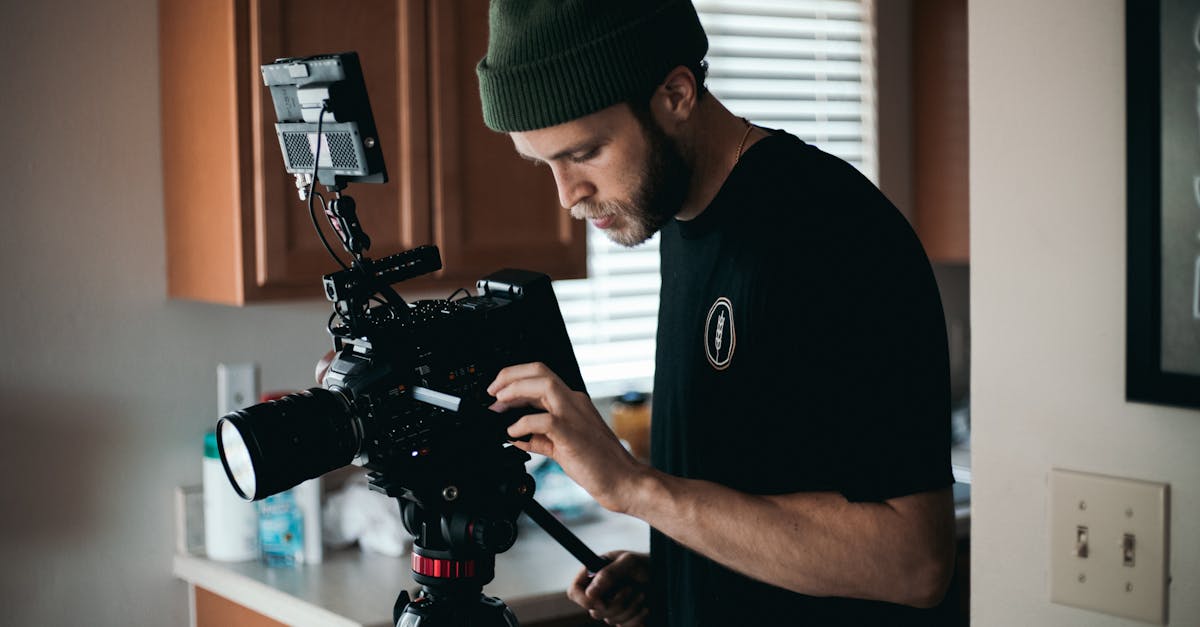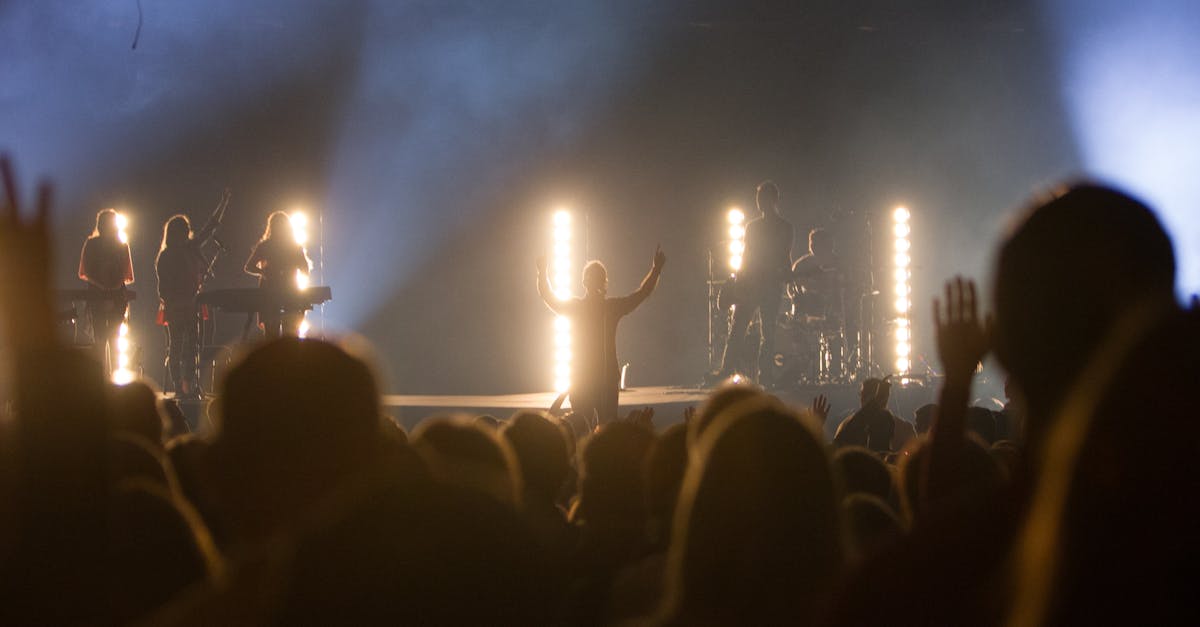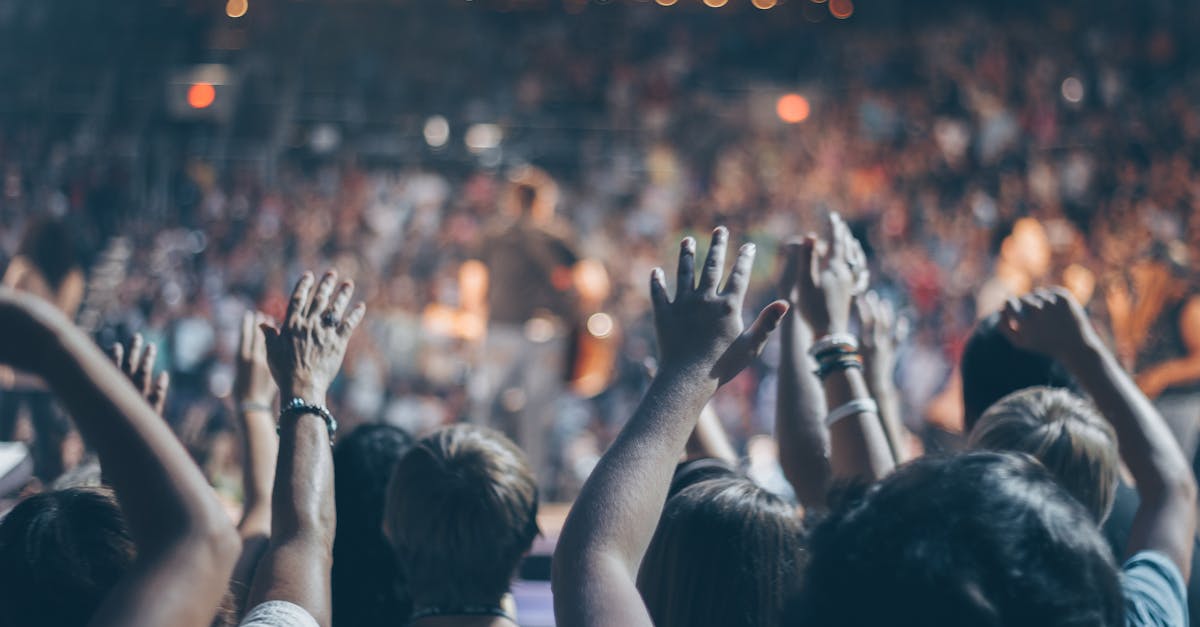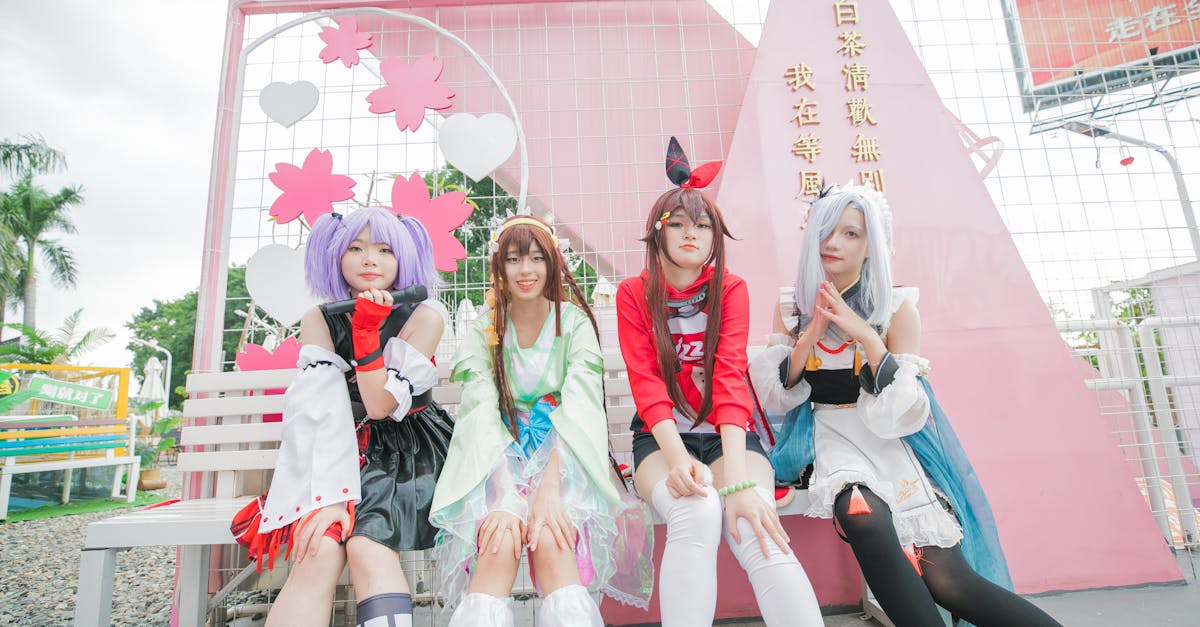Future Artistic Visions 2055: Imagining Tomorrow's Creativity
Introduction
Art is eternally evolving, reflecting the current state of human society, technologies, and ideologies. As we inch closer to 2055, the landscape of artistic expression is anticipated to undergo dramatic transformations. With technological advancements and societal shifts, art will not only transcend traditional boundaries, but it will also redefine them entirely. Imagine art that interacts with its viewers, pieces that change in response to emotions, or creations made not by humans, but by algorithms. What will the art of 2055 look like, and how will it resonate with audiences? This article delves into the possibilities, challenges, and promise of future artistic visions.
Advertisement
Technology as a Canvas
By 2055, technology will serve as both a tool and a medium for artistic exploration. From virtual reality sculptures to holographic installations, artists will exploit cutting-edge tech to break barriers. Members of the public could engage with artworks more immersively, stepping into them, experiencing them in three dimensions. AI will allow artists to create in collaboration with machines, designing patterns and colors that transcend human limitations. Augmented reality (AR) might see museums relocating to the virtual realm, enticing global audiences without geographical limitations. Each piece will be a dynamic interaction, inviting viewers to actively participate with their creative environment.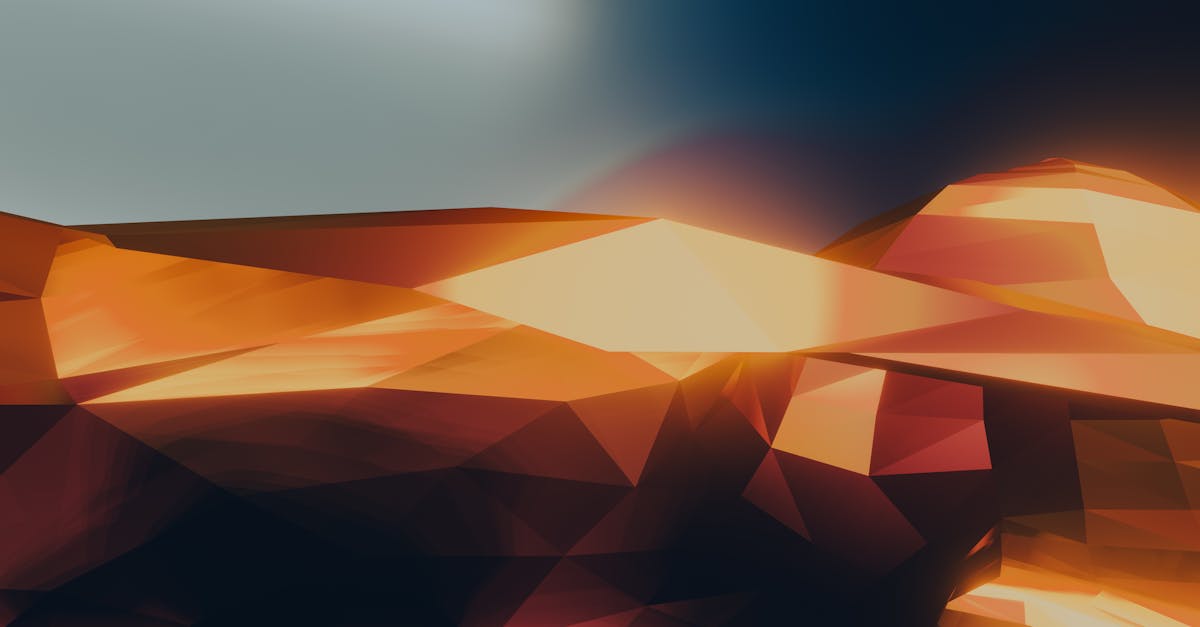
Advertisement
The Role of AI in Creativity
Artistic creation, traditionally a human endeavor, is already being enhanced by AI. By 2055, artificial intelligence will have matured enough to become a true creative partner. AI algorithms might paint canvases, compose symphonies, or sculpt masterpieces with previously unimaginable precision. Though early AI-made art may raise debate over authenticity, future iterations could put intuitive subtlety into the machinic process. The AI 'artist' will possess a unique perspective, releasing works that challenge human understanding and push the boundaries of traditional aesthetics.
Advertisement
Art Meets Sustainability
With climate change persisting as a global challenge, the art of 2055 will reflect a sustainability ethos. Artists will likely seek to address ecological crises through their work, transforming waste into wondrous creations. Organic materials, biodegradable mediums, and sustainable techniques will play leading roles. Virtual artworks—a less resource-intensive alternative—may even rise to prominence. By reshaping perceptions of waste and environmental impact, future artists will not only transform art but also help drive cultural change towards sustainability.
Advertisement
Interactive and Responsive Art
A hallmark of 2055 art will be interactivity. Pieces that respond to the observer's actions, emotions, or thoughts could become commonplace. Viewers could find themselves not just looking at a canvas but engaging in a dialogue with it. Biometric sensors might alter a painting’s tone based on the viewer's heartbeat, or installations could change form in response to crowds. These artworks will enable a personalized experience, crafting unique moments in time for each viewer and amplifying the emotional connectivity between a piece and its audience.
Advertisement
Social Commentary and Inclusivity
Art has long been a vehicle for social commentary, and this will not change come 2055. Building on the foundation of inclusivity, future art could voice concerns of a digital age, exploring topics like digital privacy, identity, and social equity. Minor voices long marginalized may have the opportunity to use art not just as expression, but as a powerful force for global solidarity. As society embraces heightened mindfulness and intersectionality awareness, artistic platforms will provide space for diverse perspectives to flourish and bridge cultural divides.
Advertisement
Virtual and Augmented Art Spaces
By 2055, art spaces might manifest both physically and digitally, driven by the growth of virtual and augmented reality. As internet connectivity becomes ubiquitous, virtual exhibitions will broaden access while offering customizable visitor experiences. Imagine exploring a gallery that morphs based on your personal preferences or hologram tours that eliminate the need for travel, saving time and resources. In these new spaces, collaboration will also thrive, allowing artists from different geographies to unite and create without limitations imposed by time and space.
Advertisement
The Rise of Algorithm-Driven Masterpieces
The intersection of computing and creativity will lead to the rise of algorithm-driven masterpieces by 2055. Artworks will not only be crafted for their aesthetic value but also for their capacity to 'think.' Algorithmic art could constantly evolve, adapting visually or conceptually over time, akin to a living entity. These pieces will distort the line between creator and creation, challenging traditional notions of authorship and originality. Algorithmic masterpieces could learn from their environments, creating a future where art is perpetually dynamic and intriguing.
Advertisement
Challenges and Ethical Considerations
With digital frontiers come ethical and cultural challenges: authenticity, intellectual property, and data privacy will dominate discussions on future art practices. Artists will need to navigate the thin membrane between innovation and ethics, ensuring art remains a platform for authenticity and creativity. How will societies value AI-driven art compared to human-made pieces? Will the ethical implications stifle innovation? These are questions creators and consumers must negotiate as art pivots into new realms. Ultimately, ethical deliberations will influence the societal value placed on future artistic innovations.
Advertisement
Conclusion
The artistic landscape of 2055 promises a convergence of technology, creativity, and empathy, capable of addressing humanity's most pressing concerns and dreams. With digital advancements, environmental consciousness, and social inclusivity at the forefront, tomorrow’s art will redefine boundaries and experiences. While challenges exist, the power of innovation will allow us to overcome and reshape what art means. Viewing this future as an uncharted territory of collaboration between human and machine, we must embrace the profound potential it offers. Art will remain an indomitable expression of the human spirit, guiding us toward a shared, vibrant future.
Advertisement
